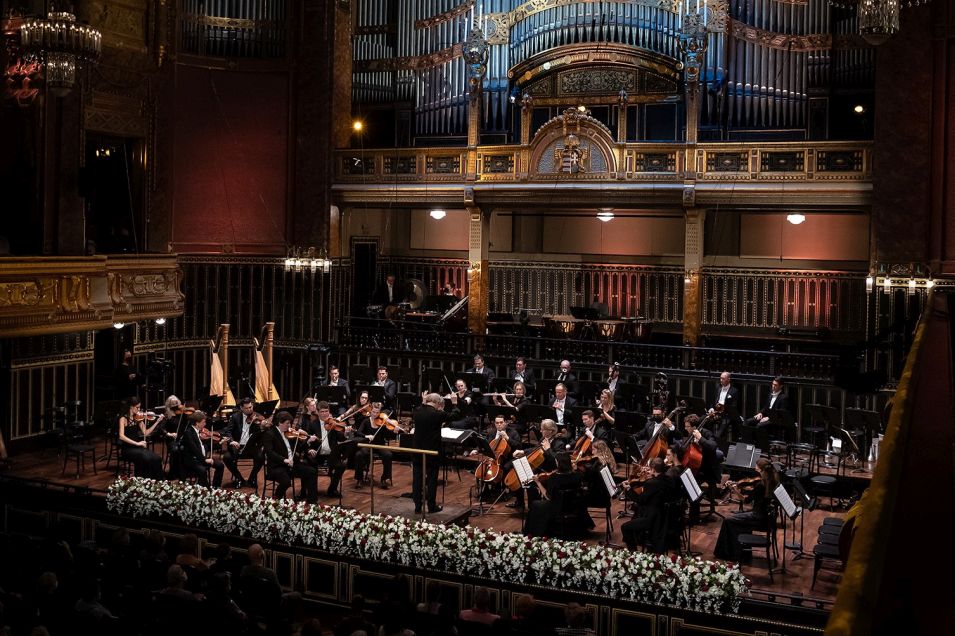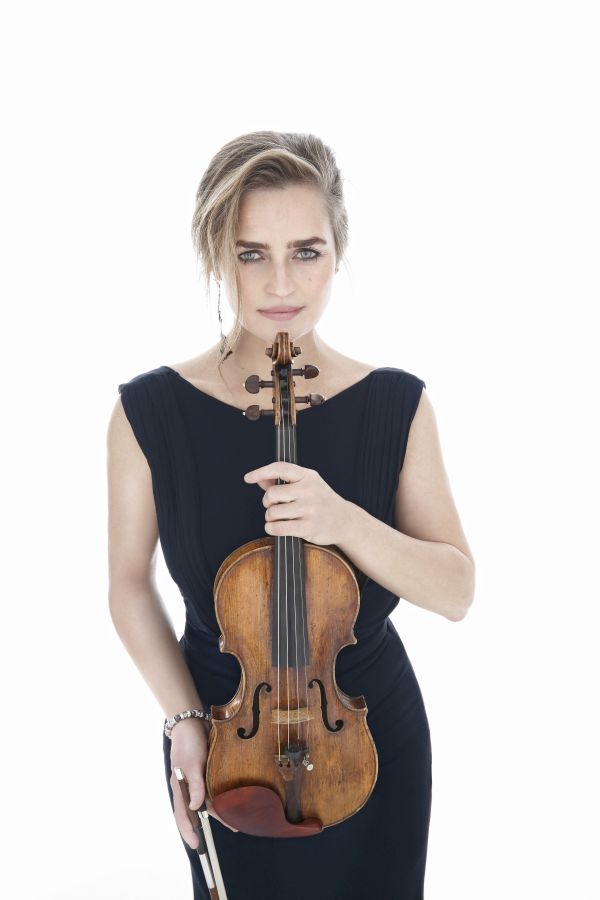When many people think of Beethoven, the first thing that rings in their ears is the beginning of Symphony No. 5. However, this repetitive motif can be observed not only in this work but also in other pieces, such as Beethoven’s only violin concerto. The work, written for Franz Clement, the 21-year-old music director and concertmaster of the Theater an der Wien, begins in D major with five timpani beats, a highly unusual beginning. After a few bars, this gesture is taken over by the first violin in D flat, which is clearly foreign to the basic key of the movement. A sense of balance and this strange sense of unease persists throughout the movement.

Contrary to convention, Beethoven did not compose the cadenza, so it was improvised by Clemenz at the premiere, and it was not until much later that a recorded form of the solo was produced. The first movement is followed by the singing Larghetto, written in variation form, and then attacca begins the final playful rondo movement. The work, also known as the first Romantic violin concerto, was not an absolute success when it was first performed, and only in the second half of the 19th century, thanks in no small part to Joachim Joseph, who was only 12 when it was first performed, did it take its rightful place in the literature of the genre. (Written by Zsuzsanna Könyves-Tóth)
Tchaikovsky composed his Symphony No. 6 in B minor at the end of his life and lived only nine days after its premiere. It is not a well-known fact that Tchaikovsky’s life was marred not only by financial worries, his self-confessed homosexuality and alcohol problems but also – if this may sound surprising given his prolific output and many brilliant and inventive works – by the agonising process of composing, a process that was fraught with doubt. The Symphony No. 6, which has been called ‘Pathetic’, is the culmination of all these dark forces in a highly artistic form; a work that descends into utter despair, it might be more accurate to call it ‘Tragic’. The piece was only conceived at the time, and with formidable foresight, it was written years earlier – at the age of fifty! – he described it in a letter as the capstone of his entire life.
He had initially planned to publish it as a formal programme symphony. He later changed this plan, but we know that the opening movement expresses ‘impetus, optimism, drive’, the second motto is ‘love’, the scherzo third ‘disappointment/disillusion’, while the unusually slow-paced final movement (we might even think of Bartók’s String Quartet No. 6 as an analogy!) brings not resolution but destruction and death. There were contemporary listeners who interpreted the symphony’s ending as a requiem.
Rich in characters and tempo changes, the first movement does not yet hint at the tragic development of the work, and some of its ideas are among the most harmonious and lyrical manifestations of the composer. The second movement – Allegro con grazia – virtuously evokes the atmosphere of the waltz, while in reality it is in 5/4 meter. The final movement – Adagio lamentoso – begins with a theme evoking a passionate lament, and the tragic conclusion is made irrevocable by a brass chorale that evokes an otherworldly world in the coda. (written by János Malina)
KOKAS KATALIN:
Katalin Kokas, violinist and violist, is one of the most prominent figures in Hungarian music. Since 2004 she has been an associate professor at the Liszt Ferenc Academy of Music. Since 2002 she has regularly given master classes all over the world.

ANDRÁS KELLER and CONCERTO BUDAPEST:
Concerto Budapest is one of Hungary’s leading large orchestras, with a historical past and the dynamism of young musicians. With its generous programming, it is committed to a progressive and diverse unique repertoire, ranging from popular masterpieces to the latest 21st-century contemporary works. Guests include world-renowned artists such as Gidon Kremer, Yevgeny Korolyov, Boris Berezovsky, Isabelle Faust, and Sir James Galway. Since 2007, the artistic director of the Keller Quartet is András Keller, a Kossuth Prize-winning artist with more than 70 international awards, and founder of the Keller Quartet. A world-renowned violinist and conductor, he is Distinguished Professor of Violin at the Guildhall School of Music and Drama in London.

The concert is jointly organised by the Kodály Philharmonia Debrecen and Filharmonia Hungary.
Date: 17th February 2022 at 7pm
Location: Kölcsey Központ
Programme
Beethoven: Violin Concerto in D major, Op. 61 / Tchaikovsky: Symphony No. VI (B minor, “Pathetique”), Op. 74.
With Katalin Kokas – violin / Concerto Budapest
Conductor: András Keller
The concert is performed by the orchestra and Conductor Kokas Kokas
Tickets: https://kodalyfilharmonia.jegy.hu/program/a-concerto-budapest-hangversenye-124510/725890